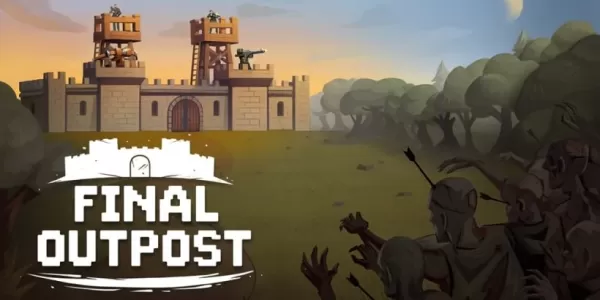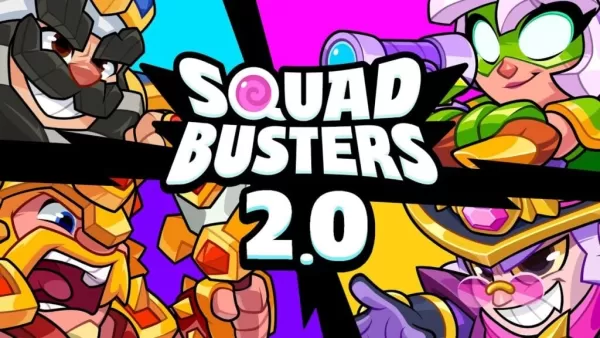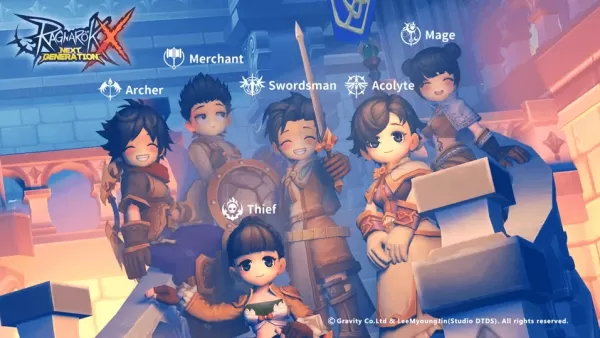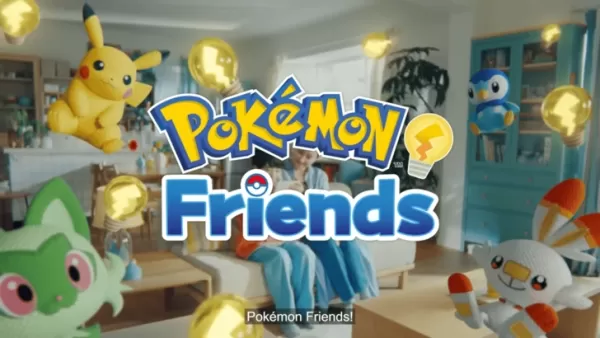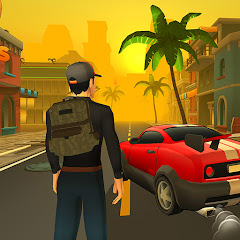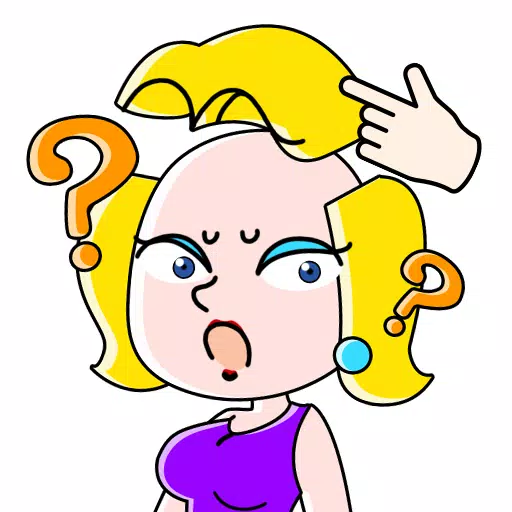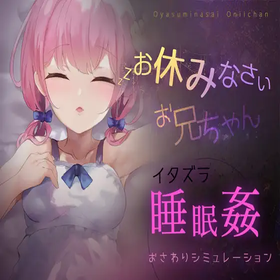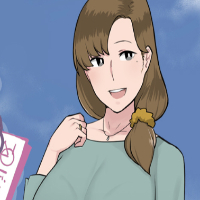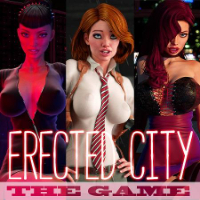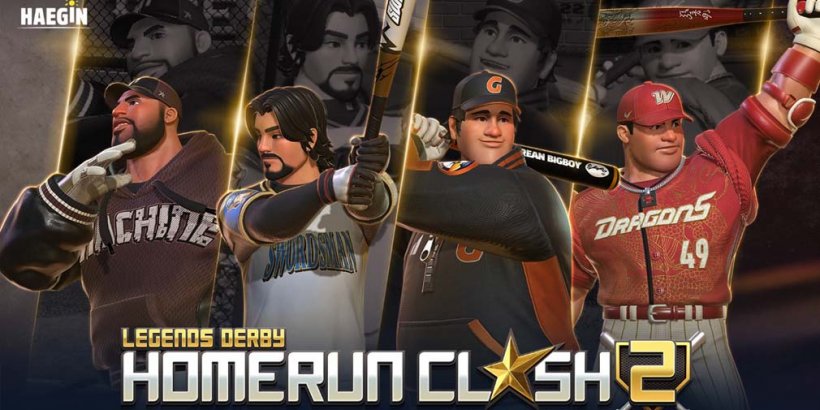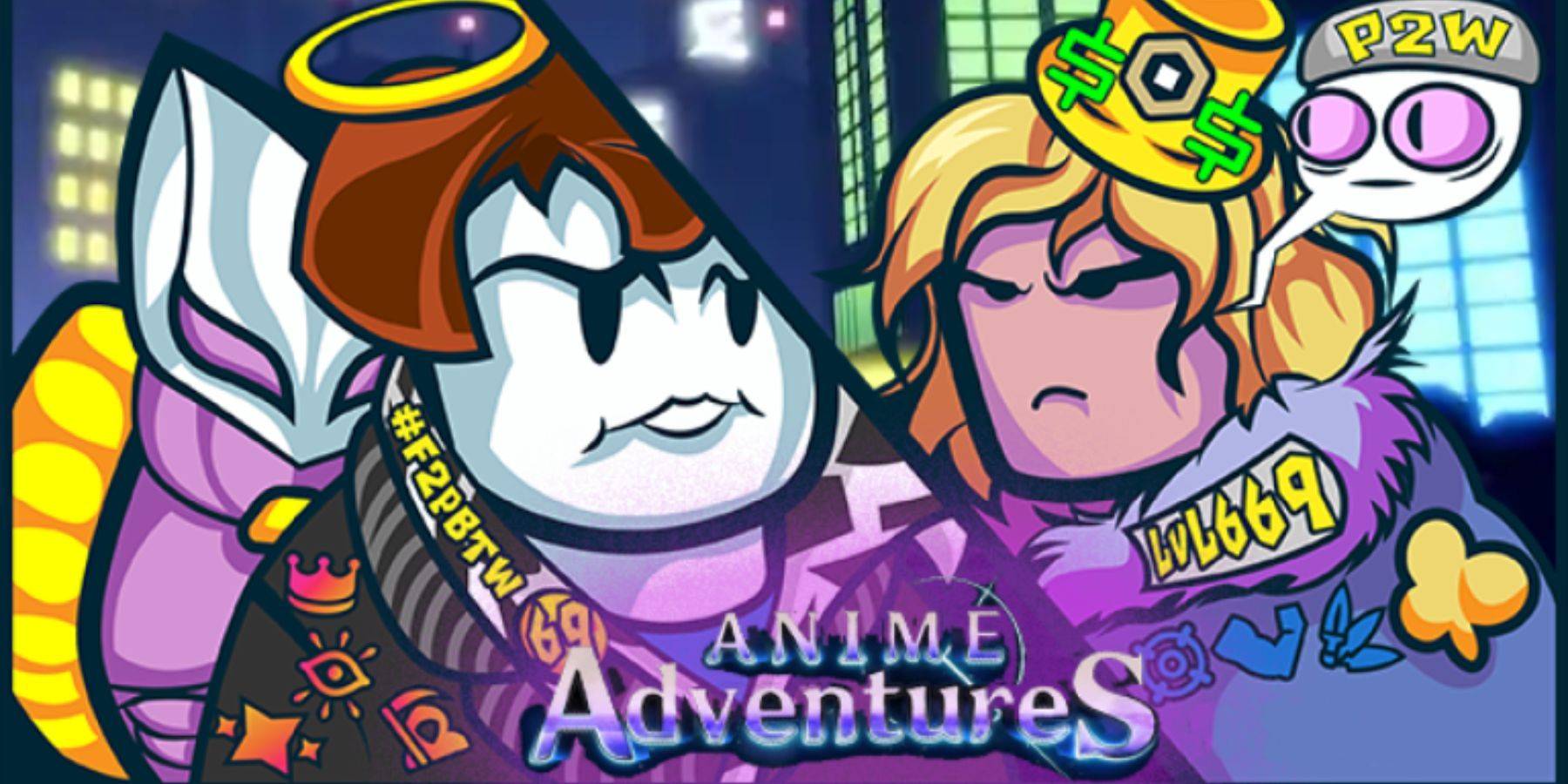Cinderella Turns 75: Iconic Princess and Slippers That Revived Disney
Just as Cinderella's dream was set to end at midnight, The Walt Disney Company faced its own potential end in 1947, burdened by a $4 million debt following the financial struggles of films like Pinocchio, Fantasia, and Bambi, exacerbated by World War II and other challenges. Yet, it was Cinderella and her iconic glass slippers that saved Disney from an untimely end to its animation legacy.
As Cinderella celebrates its 75th anniversary of its wide release today, March 4, we connected with several Disney insiders still inspired by this timeless tale of rags to riches. The story not only mirrored Walt Disney's own journey but also offered hope to the company and a world seeking something to believe in amidst post-war recovery.
The Right Film at the Right Time --------------------------------To understand the significance of Cinderella, we must first look back at Disney's fairy godmother moment in 1937 with Snow White and the Seven Dwarfs. Its unprecedented success as the highest-grossing film until Gone with the Wind surpassed it two years later enabled Disney to establish its Burbank studio, still its headquarters today, and embark on a new era of feature-length animated films.
However, Disney's next venture, 1940's Pinocchio, despite its critical acclaim and Academy Awards for Best Original Score and Best Original Song, resulted in a $1 million loss due to its $2.6 million budget. This pattern continued with Fantasia and Bambi, further deepening the studio's debt. The outbreak of World War II, triggered by Germany's invasion of Poland in September 1939, played a significant role in these setbacks.
“Disney's European markets evaporated during the war, preventing films like Pinocchio and Bambi from reaching audiences there,” Eric Goldberg, co-director of Pocahontas and lead animator on Aladdin’s Genie, explained. “The studio was then commissioned by the U.S. government to produce training and propaganda films. Throughout the 1940s, Disney shifted to making Package Films like Make Mine Music, Fun and Fancy Free, and Melody Time, which, though excellent, lacked a cohesive narrative.”
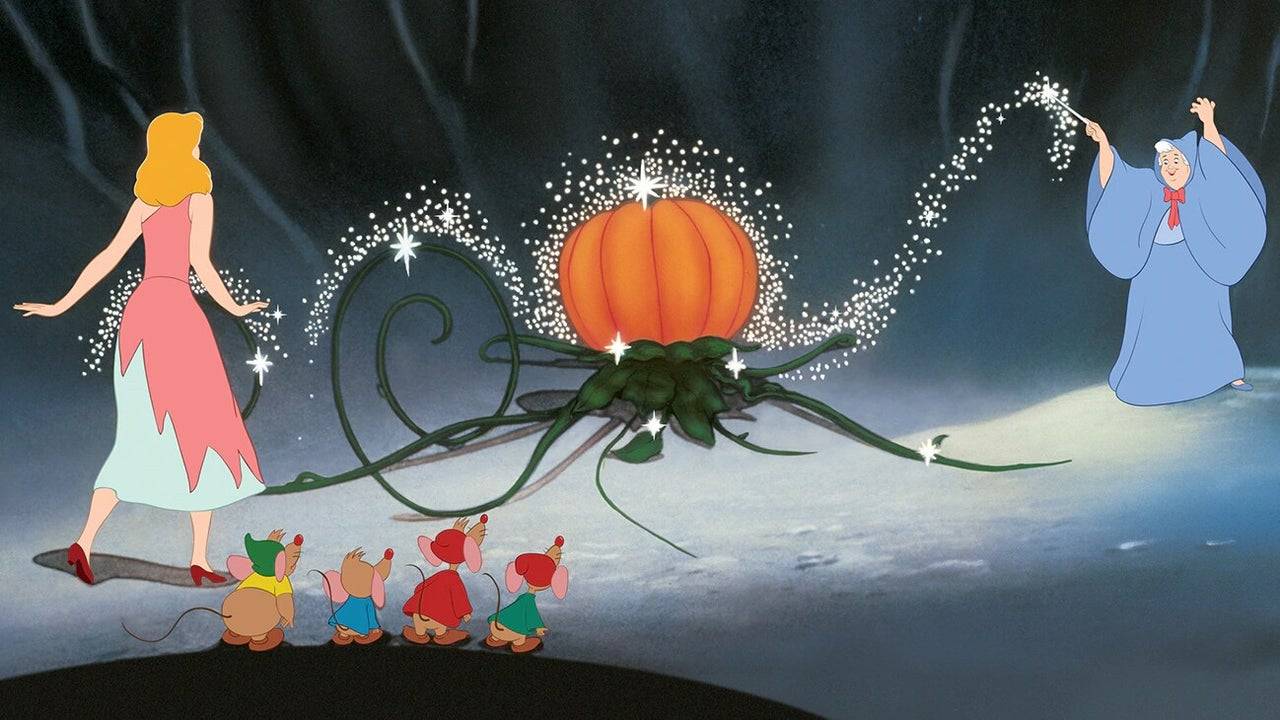 Package Films, collections of short cartoons assembled into feature films, were Disney's response to these challenging times. Between Bambi's release in 1942 and Cinderella's in 1950, Disney produced six such films, including Saludos Amigos and The Three Caballeros, which supported the U.S.'s Good Neighbor Policy to counter Nazism in South America. While these films managed to cover their costs, they did not address the studio's desire to return to full-length animated features.
Package Films, collections of short cartoons assembled into feature films, were Disney's response to these challenging times. Between Bambi's release in 1942 and Cinderella's in 1950, Disney produced six such films, including Saludos Amigos and The Three Caballeros, which supported the U.S.'s Good Neighbor Policy to counter Nazism in South America. While these films managed to cover their costs, they did not address the studio's desire to return to full-length animated features.
“I wanted to get back into the feature field,” Walt Disney reflected in 1956, as noted in The Animated Man: A Life of Walt Disney by Michael Barrier. “But it required significant investment and time. Creating a quality animated feature demands both. My brother Roy and I had a heated debate… It was one of my major frustrations… I insisted we either move forward, re-enter the business, or consider liquidation or selling out.”
At a critical juncture where Walt contemplated selling his shares and leaving the company, he and Roy opted for the riskier path, betting everything on their first major animated feature since Bambi. Failure could have spelled the end for Disney's animation studio.
“I think the world needed the idea that we can rise from the ashes and experience something beautiful,” said Tori Cranner, Art Collections Manager at Walt Disney Animation Research Library. “While Pinocchio is an amazing film, it lacks the joy that Cinderella embodies. Walt recognized America's post-war need for hope and joy, making Cinderella the perfect choice for that moment.”
Cinderella and Disney’s Rags to Riches Tale
Walt's connection to Cinderella dates back to 1922 when he created a Cinderella short for Laugh-O-Gram Studios, just before founding Disney with Roy. This short, inspired by Charles Perrault’s 1697 version of the tale, which itself may have origins as early as 7 BC to AD 23 by the Greek geographer Strabo, reflected themes of good versus evil, true love, and dreams realized, deeply resonating with Walt.
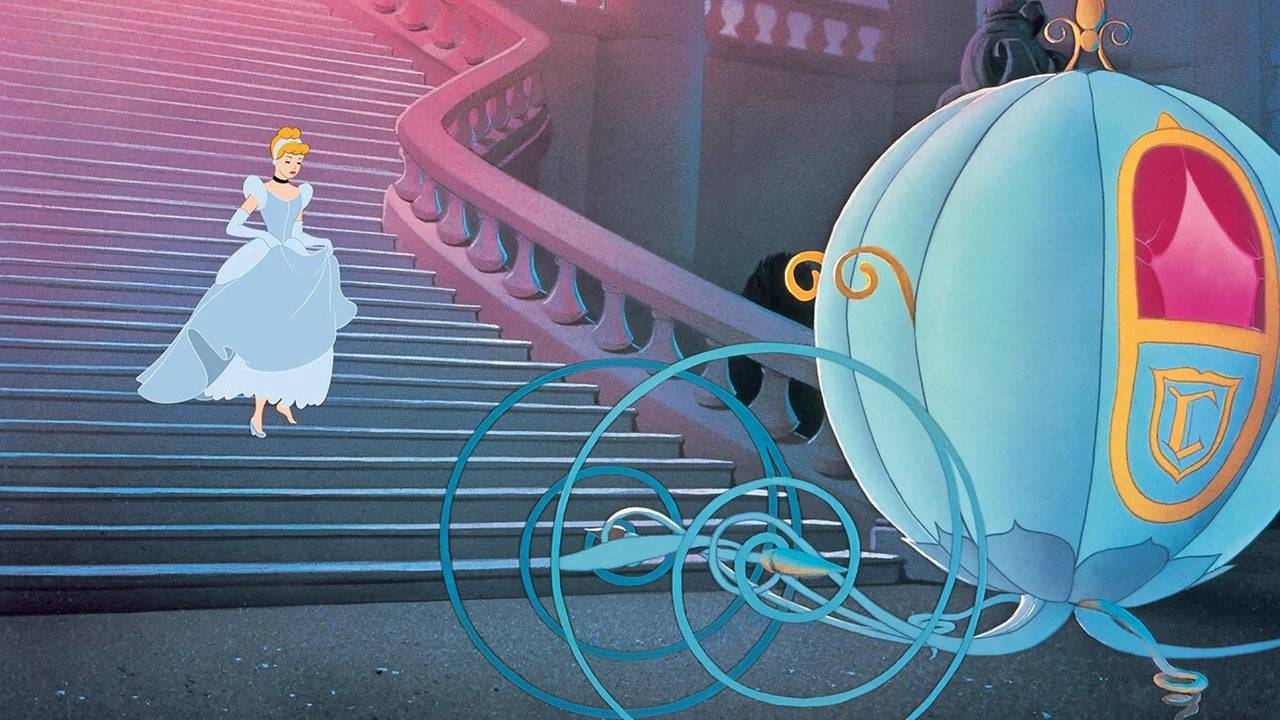 “Snow White was a kind and simple girl who believed in wishing and waiting for her Prince Charming,” Walt Disney remarked, as featured in Disney’s Cinderella: The Making of a Masterpiece DVD feature. “Cinderella, however, was more practical. She believed in dreams but also in taking action. When Prince Charming didn’t come to her, she went to the palace to find him.”
“Snow White was a kind and simple girl who believed in wishing and waiting for her Prince Charming,” Walt Disney remarked, as featured in Disney’s Cinderella: The Making of a Masterpiece DVD feature. “Cinderella, however, was more practical. She believed in dreams but also in taking action. When Prince Charming didn’t come to her, she went to the palace to find him.”
Cinderella’s strength and resilience, despite her hardships under her Evil Stepmother and Stepsisters, mirrored Walt's own journey from humble beginnings through numerous setbacks to realizing his dreams through hard work.
Walt's vision for Cinderella evolved from a 1933 Silly Symphony short to a full-length feature film by 1938, a project that took over a decade to complete due to the war and other factors. This time allowed the film to develop into the beloved classic it is today.
“Disney excelled at reimagining these timeless fairy tales, infusing them with his unique flair, heart, and passion,” Goldberg noted. “The original tales were often grim cautionary stories, but Disney made them universally appealing and timeless.”
Cinderella’s animal friends, including Jaq, Gus, and the birds, added comic relief and allowed Cinderella to express her true self, making her more relatable. The Fairy Godmother, reimagined as a more bumbling, grandmotherly figure by animator Milt Kahl, added charm and relatability.
The transformation scene, often cited as Walt’s favorite, showcases the magic of Cinderella’s dress transformation, meticulously crafted by Disney Legends Marc Davis and George Rowley.
Thanks so much for all your questions about Cinderella! Before we sign off, enjoy this pencil test footage of original animation drawings of the transformation scene, animated by Marc Davis and George Rowley. Thanks for joining us! #AskDisneyAnimation pic.twitter.com/2LquCBHX6F
— Disney Animation (@DisneyAnimation) February 15, 2020
“Each sparkle in that scene was hand-drawn and painted, which is astounding,” Cranner remarked. “There's a moment during the transformation where the magic pauses for a split second before the dress changes, adding to the scene's enchantment.”
The addition of the broken glass slipper at the film’s end was a Disney innovation, emphasizing Cinderella's agency and strength, as she cleverly uses the other slipper to prove her identity.
“I think people often miss that Cinderella is not just a passive character,” Goldberg added. “She stands up for herself throughout the story, demonstrating her strength and control.”
Cinderella premiered in Boston on February 15, 1950, and its wide release on March 4 that year was a resounding success, grossing $7 million on a $2.2 million budget. It became the sixth-highest grossing film of 1950 and earned three Academy Award nominations.
“When Cinderella was released, critics raved, ‘Walt Disney's back on track!’ It was a huge success because it returned to the narrative features like Snow White, and audiences loved it,” Goldberg said. “The studio regained its creative momentum, leading to films like Peter Pan, Lady and the Tramp, Sleeping Beauty, 101 Dalmatians, and The Jungle Book, all thanks to Cinderella.”
75 Years Later, Cinderella’s Magic Lives On
Today, Cinderella's influence remains strong. Her castle is a centerpiece at Walt Disney World and Tokyo Disneyland, and her story inspired the iconic castle seen in Disney movie intros.
Her legacy continues to impact modern Disney films, notably in scenes like Elsa’s dress transformation in Frozen, which drew direct inspiration from Cinderella.
“When we animated Elsa’s transformation in Frozen, we wanted to connect it directly to Cinderella,” said Becky Bresee, lead animator on Frozen 2 and Wish. “Cinderella’s influence is evident in the sparkles and effects, paying homage to the films that came before.”
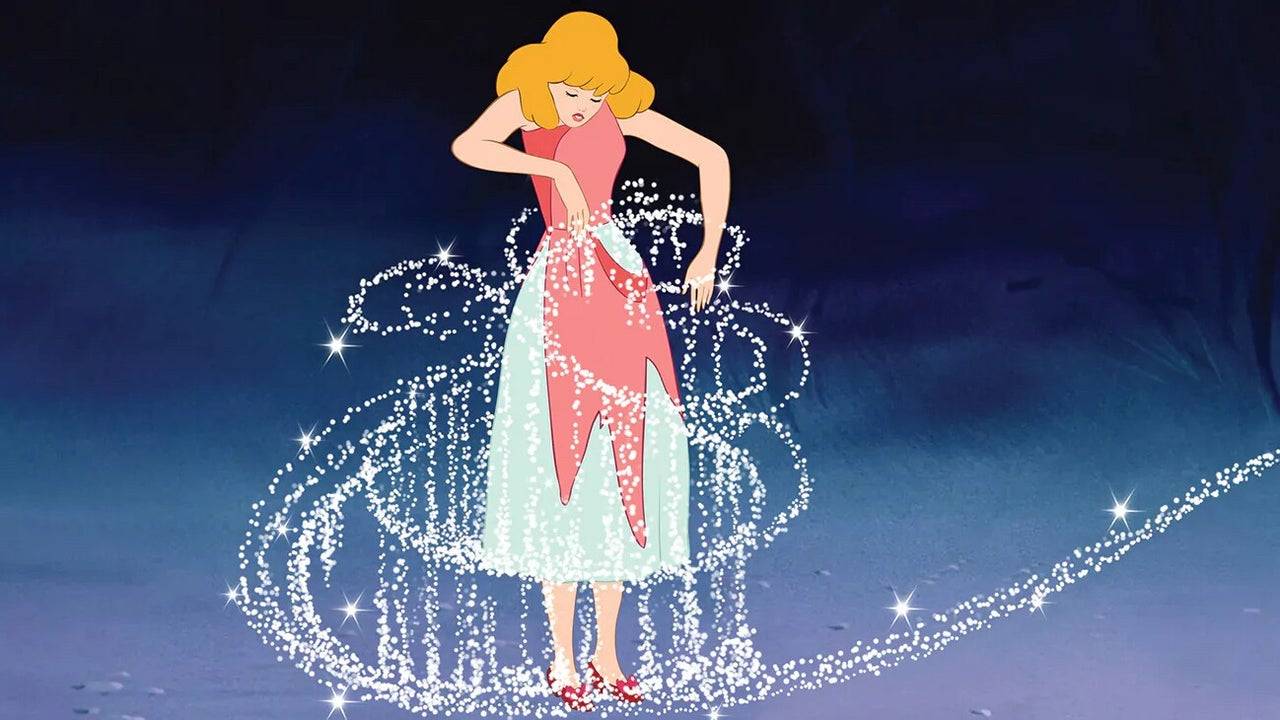 Many other contributors, including the Nine Old Men and Mary Blair, played pivotal roles in bringing Cinderella to life, each adding unique elements to the film’s style and character.
Many other contributors, including the Nine Old Men and Mary Blair, played pivotal roles in bringing Cinderella to life, each adding unique elements to the film’s style and character.
“I think the key message of Cinderella is hope,” Goldberg concluded. “It shows that perseverance and strength can lead to dreams coming true, no matter the era. That’s what makes Cinderella so timeless and impactful.”







